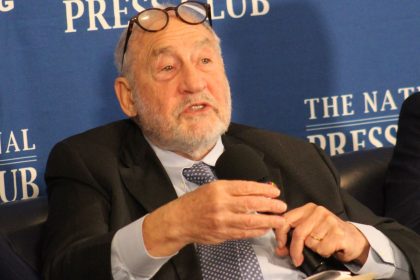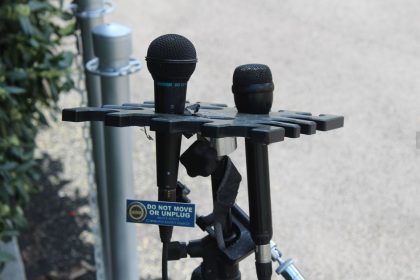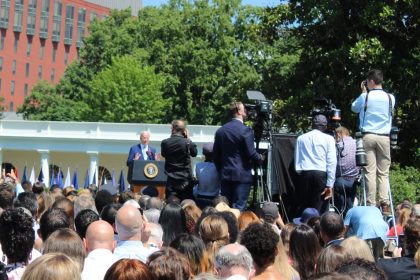Broadcasters Group Asks FCC to Toss Request for New Low-Power FM Class

WASHINGTON – The National Association of Broadcasters is urging federal regulators to reject a request for a new class of low-power FM radio stations.
The Federal Communications Commission established low-power FM radio in 2000 to create opportunities for more voices to be heard on the medium.
Since then, it has issued a special class of radio licenses to qualifying entities across the country to operate stations at no more than 100-watts — enough power to reach an area with a radius of about 3 ½ miles.
Qualifying entities include government or non-profit educational institutions, non-profit organizations, associations or entities with an educational purpose, like a community group, public service or public health organization, disability service provider or faith-based organization.
Over the years, a number of license holders have asked for a boost in power, but each time, the FCC has said no, saying the power limit is intended to make sure the stations remain connected to their local communities and adhere to their original purpose.
The latest petition for a change in regulations was filed by REC Networks, which is based in Riverton, Maryland and calls itself “a leading advocate for a diverse dial.”
In a petition submitted by founder Michelle Bradley, REC Networks argue that many low-power FM stations are constrained by their terrain, and are difficult to receive inside certain kinds of buildings.
Bradley says raising the signal strength to 250-watts would eliminate many of the challenges these stations face, and allow them to serve an area of about 4 1/2 miles.
She also argues that the FM dial is big enough to accommodate the change, as nearly two-thirds of low-power FM stations are outside the nation’s top 100 radio markets, and a mere 15% are in cities at all.
Specifically, the new proposal would create an LP250 class of service with an effective service contour of about 4 1/2 miles, in addition to the current LP100 service.
There would be a second distance separation table for the new class that includes distances up to 9 km longer than the LP100 service.
Bradley said the proposal “fully respects the 20-kilometer buffer zone” and includes a suggested policy for upgrades on stations that are already second-adjacent short-spaced. She said the proposal does not add any new processes that would involve a contour study. It would allow class upgrades and downgrades as a minor change as long as other minor change criteria are met.
REC Networks advocacy for a new low-power 250 category of station, prompted the commission to open a 30-day window of public comment.
In its response, the National Association of Broadcasters contends the change sought by REC Networks, would raise the prospect of potential interference issues, would obliterate the intended localized nature of lower-power FM service, and exacerbate an already worrisome economic situation for broadcast radio brought on by the coronavirus pandemic.
“The record demonstrates that, like previous attempts rejected by the commission, that the petition does not justify such a dramatic change to low-power FM service and fails to sufficiently protect incumbent FM radio services, particularly FM translator stations,” the association says. “Although permitting LPFM stations to more than double their maximum allowed power will help LPFM stations reach more listeners, granting REC’s request would effectively provide LPFM stations with the same coverage as full-service Part 73 FM stations, but with a fraction of the obligations.”
The NAB further claims that granting REC’s proposal would undermine the intended “localized nature of LPFM service envisioned by the FCC and Congress” by allowing some LPFM stations to expand their coverage area by 100% or more and reach hundreds of thousands of additional listeners, including in some of the largest markets nationwide.
The trade group also noted that doing so would also contradict “the careful balance that Congress struck when enacting the LCRA between promoting opportunities for LPFM stations and protecting other FM services from interference.”






















